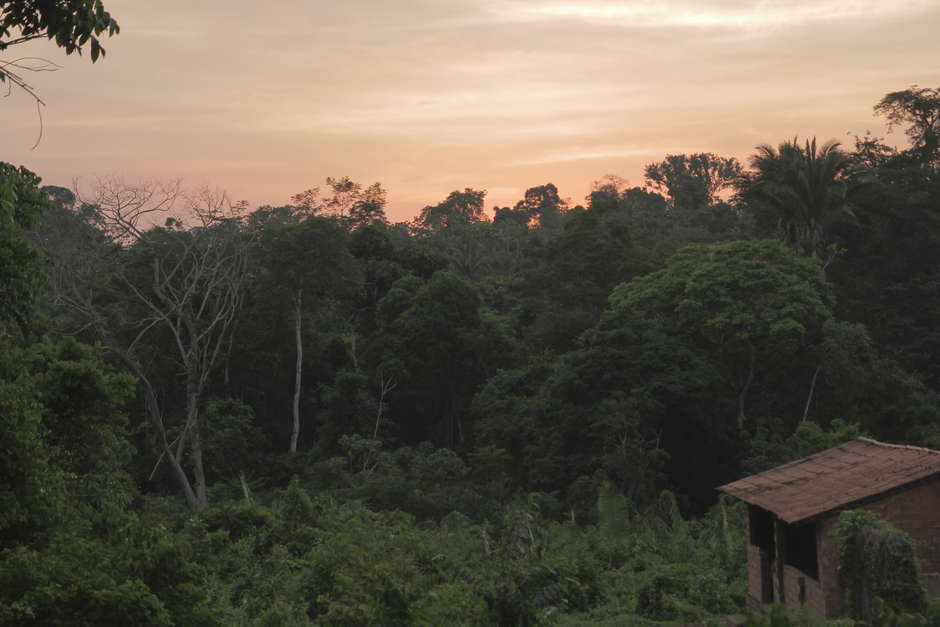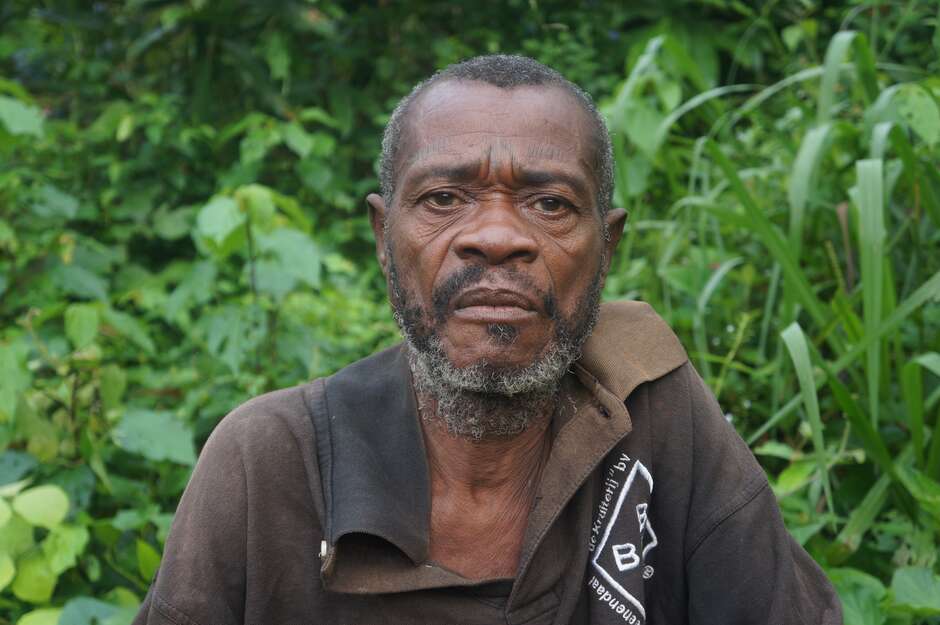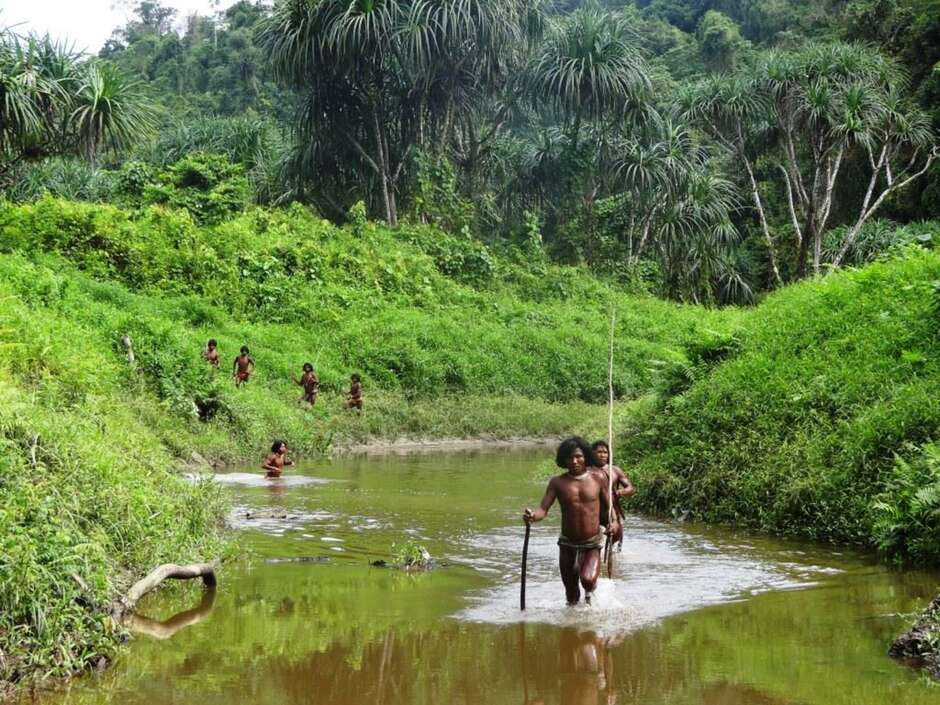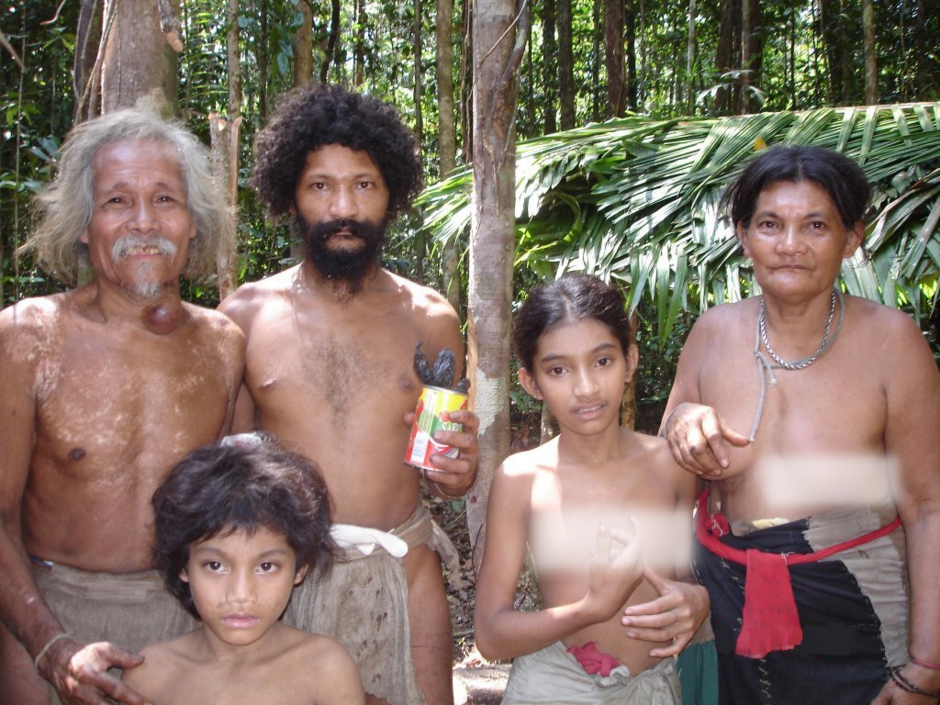Required reading for all conservationists

These are extracts taken with the kind permission of Annette Hübschle from “Ending Wildlife Trafficking: Local communities as change agents.”
Survival International Director Stephen Corry says:
This report should be required reading for all conservationists. It’s 48 pages long. Too much for some? Here are 3 pages worth of extracts with important parts emboldened (by me).
A large number of anti-poaching, conservation and management measures have been implemented to protect rhinos. None of these responses has achieved tangible results in lowering unnatural rhino deaths through illegal hunting in southern Africa… We argue in this report that these measures are bound to fail, as they do not engage with… local people who live in or near protected areas and game reserves…
Although the goal of conservation is the protection of the environment… conservation often comes at a huge cost to local and Indigenous communities. In many instances, the only benefits accruing to communities from wildlife are not from its conservation, but from the money to be made by being part of the illicit wildlife trade. The depleted rhino stock is therefore symbolic of the failings of broader wildlife conservation strategies…
International donors committed more than $1.3 billion to fight the illicit wildlife trade in Africa and Asia between January 2010 and June 2016…
But paramilitary-type anti-poaching approaches are misguided for a broader strategic reason: they fail to take advantage of a significant change agent in conservation: the local communities themselves. The question here is, why have communities not been recognized as the most crucial actors in wildlife conservation? Why are conservationists calling for a militarized response – more boots on the ground, helicopter gunships and new technologies – when communities that dwell near wildlife reserves hold the key to conservation and, by association, to combating the criminal wildlife economy?…
During Africa’s colonial past, Indigenous and local communities lost land and access to grazing and cultural sites, as well as hunting rights, to make space for the conservation of wild animals, safari parks and private game reserves… The benefits have been inequitable, privileging economic and political elites. Although the state, hunters, farmers, tourist operators and investors have benefited from the conservation economy, local communities have gained very little, other than in the form of menial employment and occasional handouts. Conservation and wildlife management became tools for economic and social exclusion. In this context, many communities were evicted from protected areas, which became an exclusive domain for affluent tourists…
In South Africa… the dominant policy approach to national parks and reserves was to preserve the wilderness without human habitation. Hence national parks came to represent another mechanism of apartheid rule…
The real challenge when it comes to responding to the illegal wildlife economy is not how to bring poachers to book but how to garner inclusive community support for wildlife conservation. As long as local communities remain on the margins of protected areas and are excluded from the economic benefits of conservation, one should not be surprised when they fail to support the conservation drive, or even take to poaching…
The notion that parks and the interests of foreign tourists trump those of rural communities was a recurring theme in interviews and focus groups in South Africa and Mozambique…
It is evident, according to participants, that feelings of anger, disempowerment and marginalization are also factors that lead to rhino poaching…
When asked about what motivated them to become poachers… poachers cited feelings of shame at not being able to provide for their families (or at having to do so through illegal means), of emasculation, stress, disempowerment and anger…
The increasing militarization of responses to rhino poaching is pitting communities against park authorities, rangers and rhinos…
Current approach is closing pathways to community involvement…
Community participation in conservation initiatives has taken a whole range of forms, from comprehensive community-centred approaches, where management responsibilities and property rights are devolved to communities, to mere tokenist interventions conducted solely to tick boxes in donor reports. Typical of many well-intentioned development initiatives, donor funds were not only flowing towards local communities but also supported administrative infrastructures and consultancy fees of technical experts from abroad…
The overarching goal of CAMPFIRE [in Zimbabwe] was to share the benefits generated by the wildlife economy with local communities…
Each of the… 100,000 households that participated in income-generating CAMPFIRE projects received on average an equivalent of US$5 in direct earnings in 2001…
The participation of women in particular was crucial in projects aimed at mitigating the impact of human–wildlife conflict…
In line with the fortress conservation model, Nepalese conservation policies excluded local communities from living on land designated as national parks and restricted the use of natural resources found within the boundaries of the park. There were 26 village clusters at the time the site was declared a national park in 1973; all were forcefully evicted with the exception of one. Most Tharus were removed without compensation from their traditional lands to beyond the boundaries of the park. These communities were no longer permitted to access the former freely available natural resources in the park…
A study commissioned by Transparency International Nepal in 2009 found a legacy of antagonism between people living near the park and the park authorities…
Conservation actors, policymakers, donors and communities should move beyond the premise of the fortress conservation paradigm, which assumes conflictual relationships between rural communities and wildlife. Millions of local people live near or in conservation areas. Africans have lost their land, access to natural resources and cultural sites. With the exception of a small number of initiatives, local communities do not have proprietorship over protected areas or wildlife, and are seldom enrolled in conservation management…
Government, conservation authorities and NGOs valued the lives of wild animals more highly than those of black rural people…
More boots on the ground will not disrupt the supply chain…
Securitization and militarization, however, close down pathways for community empowerment. Violence not only begets violence, as suggested by Lunstrum when she talks about an arms race between poachers and wildlife guardians, but it also precludes opportunities for inclusive protected area management, benefit sharing and parks that locals can be proud of and would want to be associated with. As long as conservation continues to benefit elite interests, protected areas and the wildlife contained within them will be subject to contestation and conflict…
The underlying assumptions of the control paradigm are incorrect. The map of power does not lie behind the barrel of a gun but in the goodwill of local people living with and near wildlife. One of the key findings of this report is the significant role of women in mediating positive conservation outcomes…
Maintaining the moral high ground will not resolve the crisis facing the rhino. If trophy hunting or sustainable trade is unpalatable to animal lovers and conservationists, then they need to provide financial support where it matters most. They need to support rural communities, so that they, in turn, support wildlife and build resilience against transnational criminal networks…
Eight design principles…
1. Communities are fulcrum institutions…
Shift local communities from backstage to centre stage.
2. Render live rhinos more valuable than dead ones to local communities
3. Change the way we think about poaching and anti-poaching strategies
4. Establish inclusive, not exclusive, institutions…
Devolve authority to local communities, so that they can make their own decisions…
5. Regulatory interventions should entail positive outcomes for local communities…
The interests and aspirations of those previously deprived of their land and access to natural resources need to be honoured, mainstreamed and prioritized.
6. Change the flow of money from interventions that support anti-poaching to interventions that support communities…
Once conservation is seen to benefit local communities, protected areas will lose the stigma of being socially constructed wild ‘Edens of Africa’
7. Conservation institutions should be accountable to local people, and vice versa
8. Harness the spirit of ubuntu…
The African concept of ubuntu refers to collective values that represent personhood, humanity and morality.





